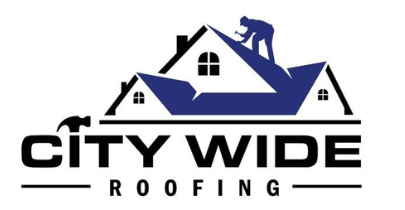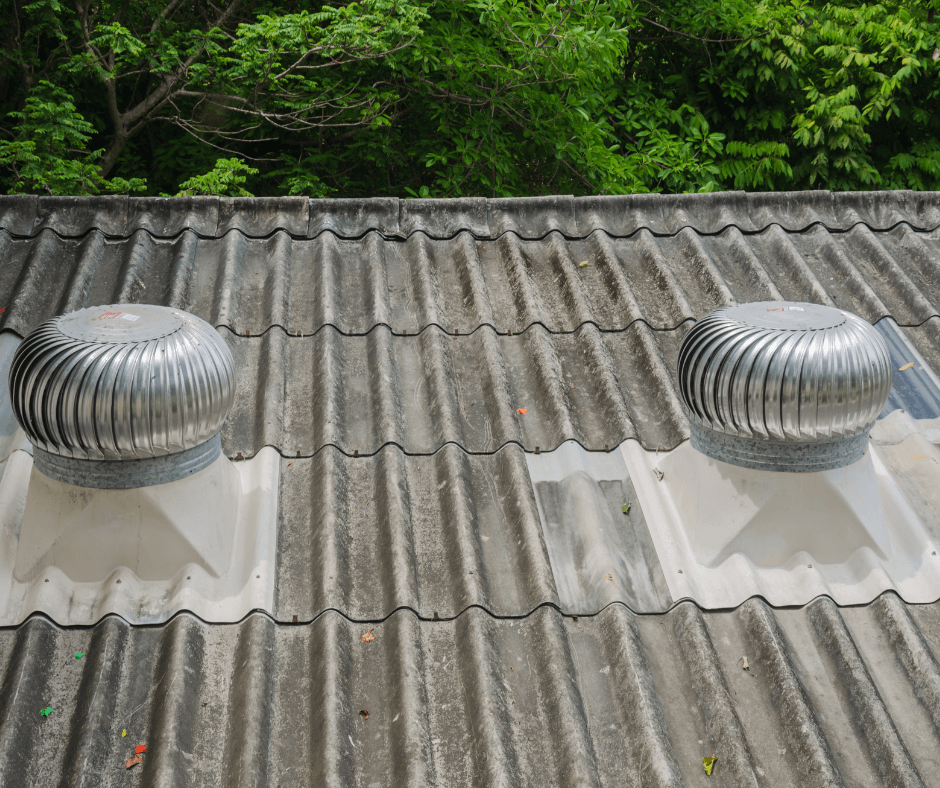When considering roofing options, the choice often boils down to cool roofs versus traditional roofs. While traditional roofs, with their familiar aesthetic and time-tested functionality, have long been a staple of residential and commercial properties alike, cool roofs – a newer entrant into the market – are making a compelling case for themselves.
With innovative materials designed to reflect more sunlight and absorb less heat, cool roof offer the promise of significantly reduced energy bills, particularly in warmer climates. However, the decision is not as straightforward as it might seem. Factors such as the geographical location, architectural style of the building, local building codes, and initial installation costs can greatly influence the viability of one roofing type over the other.
So, which one should you opt for? The answer requires a nuanced exploration of both types of roofing systems.
Understanding Cool Roofs
Cool roofs, a contemporary innovation in the roofing industry, are designed with materials that reflect more sunlight and absorb less heat than a standard roof. This technology serves a dual function: it reduces energy costs and mitigates urban heat islands.
The core principle behind cool roofing is the science of solar reflectance and thermal emittance. These properties allow the roof to reflect the sun’s rays and emit any absorbed heat back into the atmosphere. This principle is particularly beneficial in regions with high levels of solar radiation.
Cool roof can be an ideal solution for both residential and commercial buildings seeking to reduce energy consumption, contribute to environmental sustainability, and enhance indoor comfort during warm weather.
Unpacking Traditional Roofs
In contrast to their modern counterparts, traditional roofs, ubiquitous in a vast majority of homes and buildings, typically feature materials like asphalt shingles, slate, clay, or concrete tiles that possess unique characteristics in terms of durability, aesthetics, and thermal performance.
These materials are chosen for their proven longevity, withstanding diverse weather conditions while offering a timeless appeal. Asphalt shingles, for instance, provide a cost-effective solution with a lifespan of 20-30 years. Slate and clay tiles, although more expensive, offer superior durability and enhanced aesthetic appeal. However, their thermal performance is relatively low compared to cool roofs, leading to higher energy costs for heating or cooling.
Therefore, the choice between traditional and cool roof hinges on several factors, including budget, aesthetic preference, local climate, and energy conservation goals.
READ MORE:


